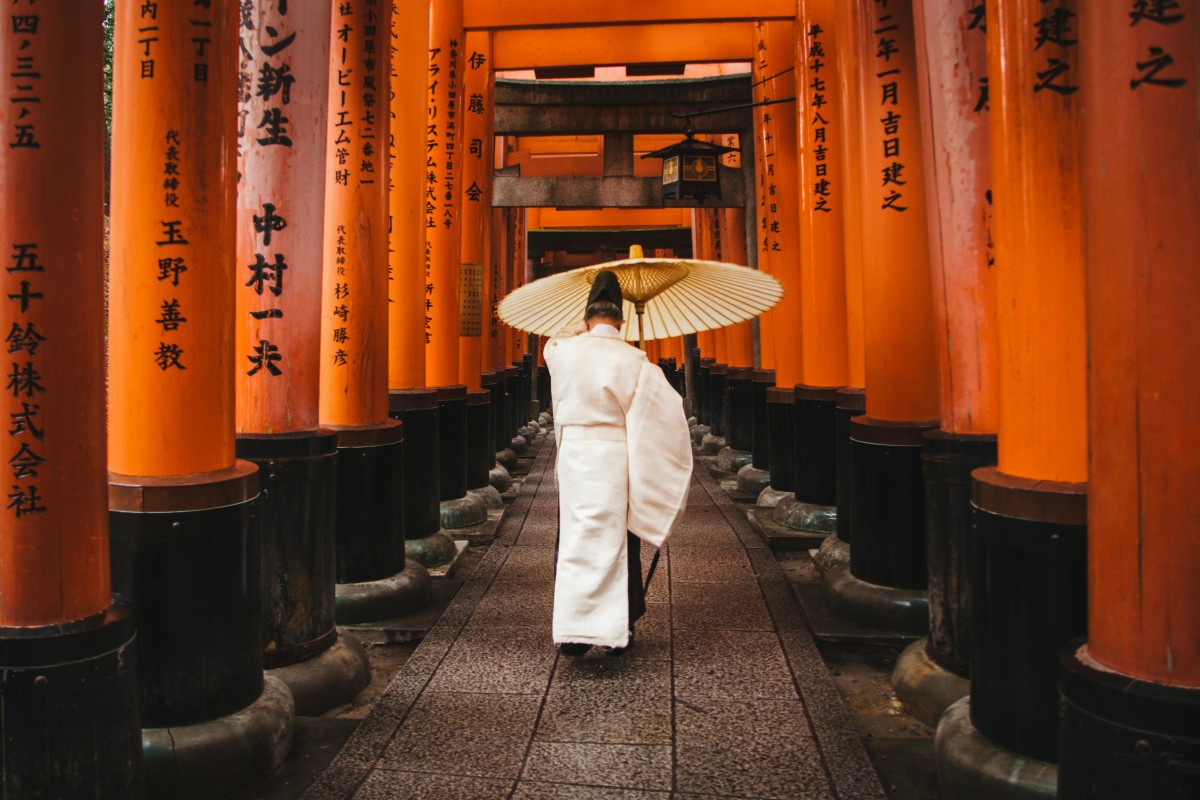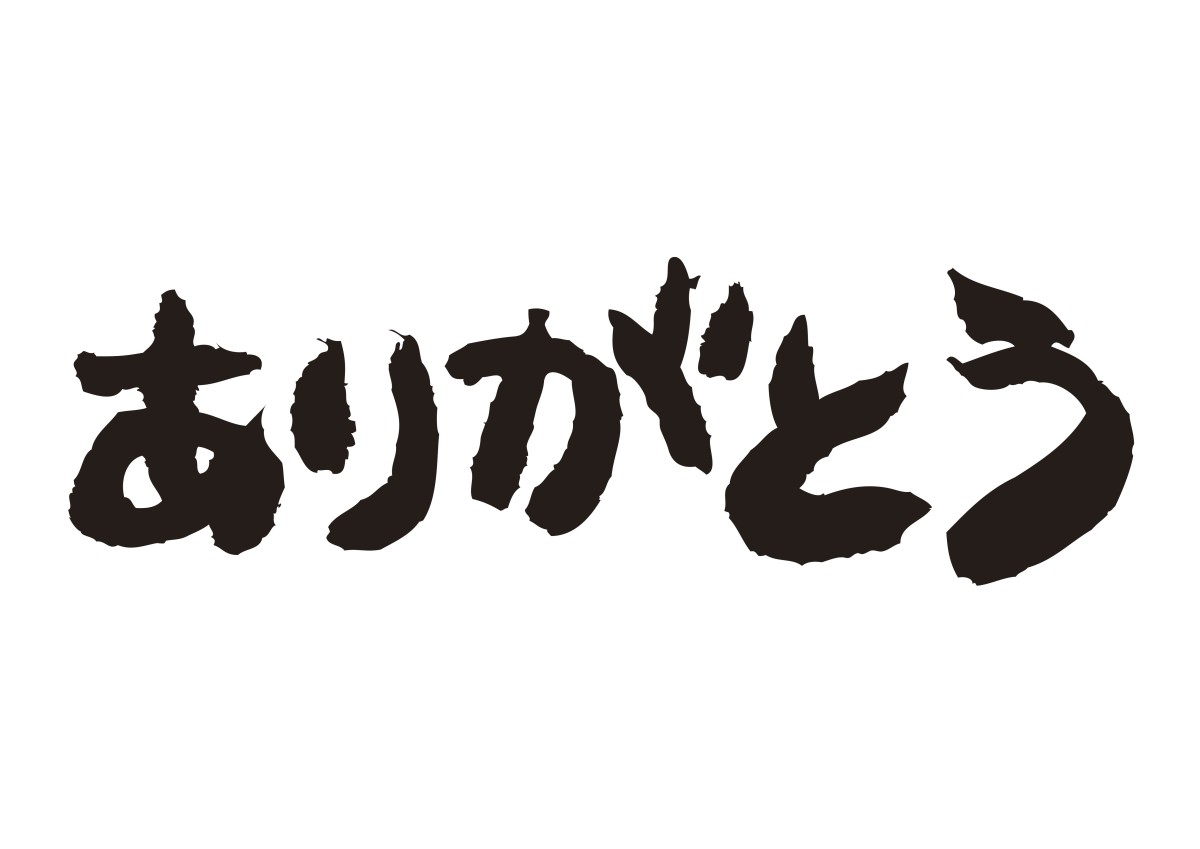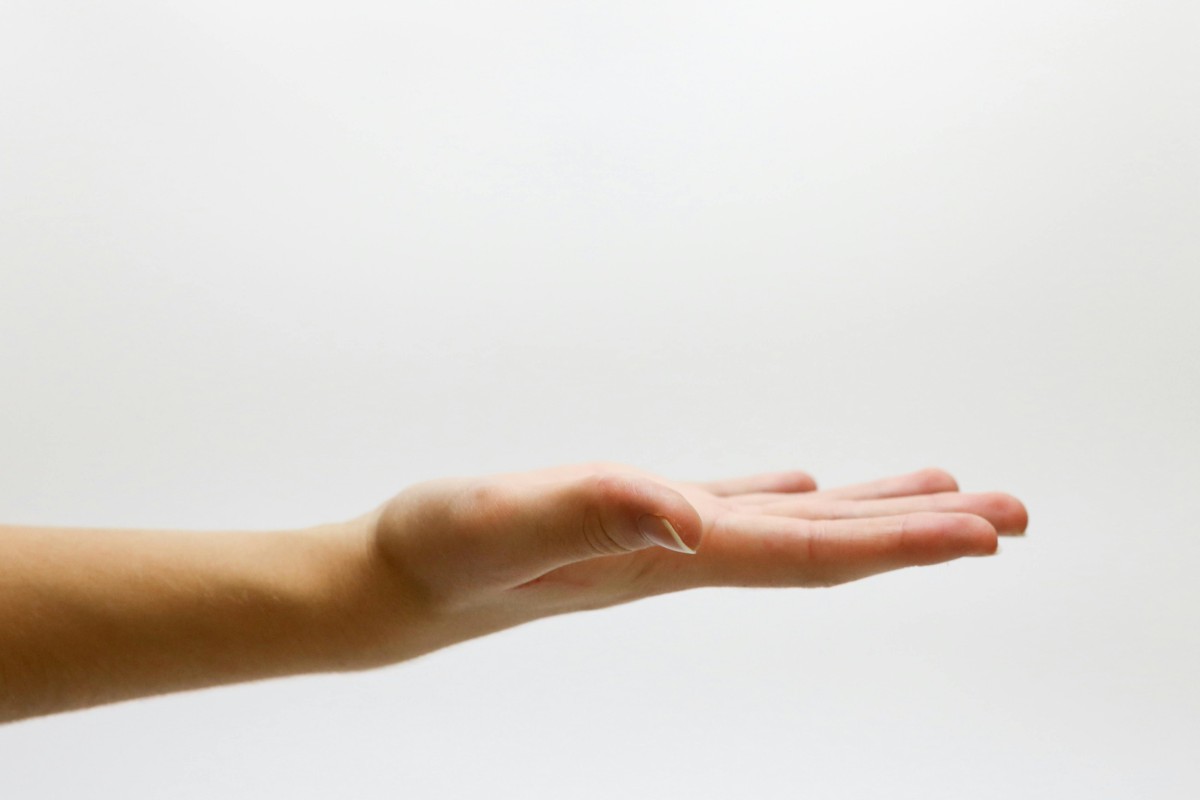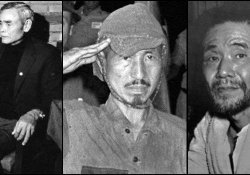In this article, we will be teaching some basic phrases, expressions, and words in the Japanese language. It is a basic of the Japanese language that you can use during your daily life with your Japanese friends or on your trips to Japan.
The Japanese language is considered by some to be a difficult language, however with the right methodology you can shorten your path and master it in less time. In this text, we will present structures that will save you during your trips to Japan, conversations with Japanese people, and other contexts where you need to speak or ask for something, going deep into the meaning of each of these very useful expressions.

Índice de Conteúdo
Greetings, greetings, and farewells
Kon'nichiwa - こんにちは
The famous "Olá" or "Boa tarde", this expression is used when you have just met someone, usually during the afternoon, this term does not exactly mean good afternoon, it would be more like a "Hello" that is specifically used during the afternoon periods.
Ohayougozaimasu - おはようございます
The famous "Good morning" in more formal situations. Also used as; Ohayou - おはよう, in more casual contexts, such as among friends and acquaintances. This expression is exclusively for the morning period. In even more casual contexts, you may find it being used as Ohaa - おは〜, however this style of language is exclusive to young Japanese people.
Kon'banwa こんばんは e Oyasuminasai - おやすみなさい
It is approaching the evening, and what do the Japanese say at these moments? They use the famous Kon'banwa こんばんは, this expression is used in gatherings with other people at night. When saying goodbye to someone who is going to sleep, they use Oyasuminasai - おやすみなさい.
Mata ato de ne また後でね ou Sayounara - さようなら
The phrase "mata ato de ne" is a casual way to say goodbye to other people, literally meaning "See you later, okay?!". As for the famous "Sayoonara", the sound of the "o" is elongated. It means goodbye, see you someday, it's a way to say goodbye when you already know that it may take a long time to meet that person again.
Hisashiburi 久しぶり ou Hisashiburi dana 久しぶりだな
After a long period of not seeing someone, it is natural to say "Hisashiburi," which is exactly the equivalent of "long time no see?!" that we usually use in Portuguese. The difference between "Hisashiburi dana - 久しぶりだな" is that "Hisashiburi dana - 久しぶりだな" uses "dana -だな", which would be like "right?!".

Thanks
Thank you - ありがとう or Thank you very much - ありがとうございます
They are the famous obrigado, which everyone knows, however, the difference between the two is formality. Arigatou, which by the way has the sound of "o" elongated, becoming "arigatoo" is a very casual way, meaning that it will be used among friends and acquaintances or close people.
Arigatou-gozaimasu is a more polite way of saying "thank you", and the level of gratitude and courtesy can increase with expressions such as that.
Thank you very much - 誠にありがとうございます
Loading a greater sense of gratitude and in a more respectful way.
Doumo - どうも
Switching to a more intimate and casual context, we have "doumo," pronounced as "doomo" with the "o" elongated once again, it means "thank you," just like the other expressions, the difference is that it is even more casual. Its origin is...
Doumo arigatou gozaimasu - どうもありがとうございます
What there, yes, is in a more polite way, using the Doumo itself.

Orders and requests
Onegaishimasu - お願いします or Kudasai - ください
Onegaishimasu is "please" in a tone of education and high respect. You can say, for example.
Menyuu o onegaishimasu - メニューをお願いします "The menu please".
"O onegaishimasu" also carries a sense of desire in a general way, such as: a hope for the future, a prayer, and others.
The word "Kudasai" implies a direct request to a person, conveying a more objective desire. For example, imagine yourself in a store and you find what you want, you can say;
Please give me this - これをください "Isso por favor."
Therefore, as explained, the kudasai focuses essentially only on placing the order.
If we delve into more advanced grammar topics, you will discover that "Kudasai ください" can be attached to verbs. Partially changing the meaning of that verb, giving, so to speak, a new characteristic to it. For example:
The misete kusadasai - お見せてください
Show me please. "o mise お見せ" originally comes from "omiseru お見せる" which means to show. To include a polite request structure in this verb, it will be transformed into "misetekudasai - 見せてください" which is precisely "show me please."
It may seem complicated at first, but as you read and listen, this construction becomes clearer to you. Never forget, it's all about practice, that's how we learned Portuguese too, by seeing the same thing repeated multiple times.
- Mitekudasai 見てください - Please see.
- Tabetekudasai 食べてください - Please eat.
- Kiitekudasai 聞いてください - Please listen.
- Mattekudasai 待ってください - Please wait.
Finally, remember to take notes and review everything you have learned here, so you can use it when you need it. If you are interested in learning Japanese more in depth, with video lessons where we teach the basics of the Japanese language and also through Japanese media, that is: anime, manga, dramas, and music. Access the link below!
Online Japanese Course - Suki Desu - Complete and Accessible (skdesu.com)





